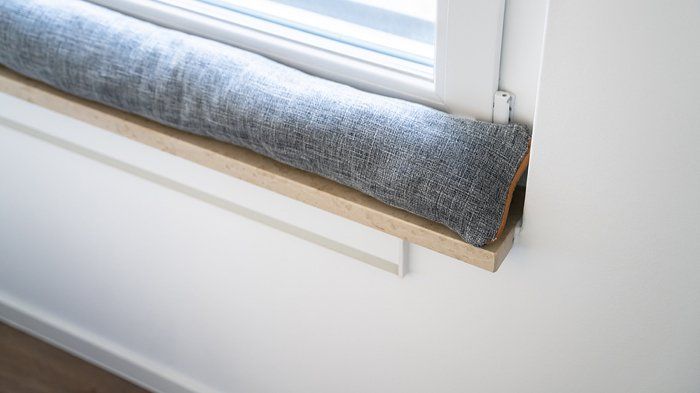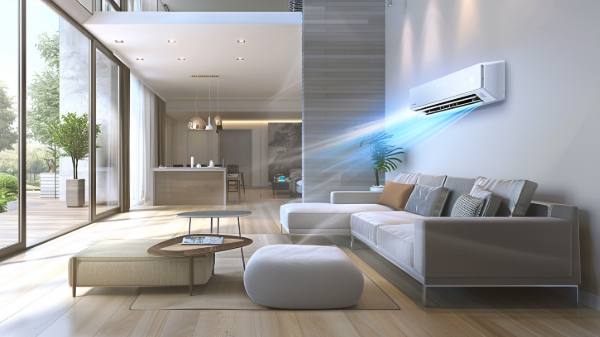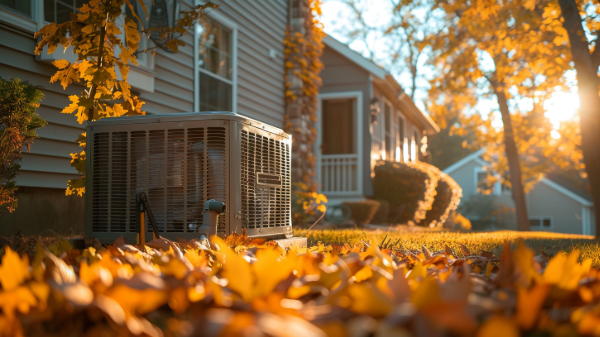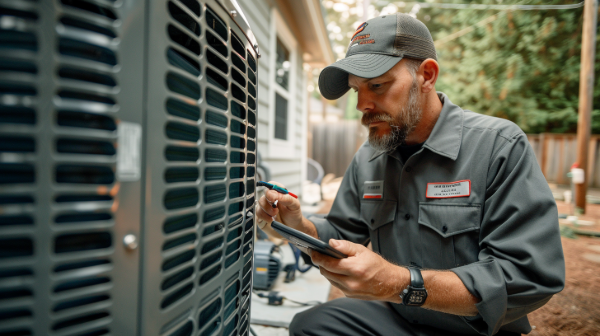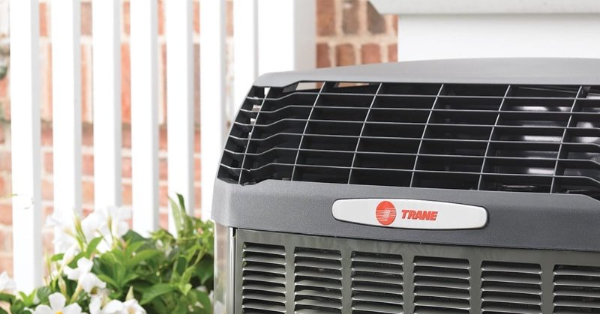Tips For Preventing Cold Window Drafts
Stopping Window Drafts
Cold windows drafts can be a seriously hassle during winter, making the inside of your home substantially less comfortable, and noticeably raising your heating bills. For a number of reasons, windows can be a major source of heat loss — and so identifying and properly stopping cold air drafts from the window is essential.
Fortunately, there are many user-friendly techniques that can make a palpable difference in terms of blocking cold air coming in around the windows. Read on for some tips on how to take care of cold window drafts.
Add Sealing Around the Window
One of the simplest ways to lessen drafts is to better seal spaces around your windows. There are two particularly effective materials for this: caulk and weatherstripping. Using caulk to fill gaps can block air flow, and prevent cold air from entering around the frame. Adding weatherstripping over areas that appear to be losing heat does much the same.
While these two methods do not address underlying structural problems, they can provide needed and useful relief from cold air.
Use Spray Foam
Another, slightly more intensive technique involves adding spray foam around the windows. In this method, it is necessary to remove the molding around the frames, and then to add spray foam around the frames. Make sure you use the right type of foam, which should be easy to find at any hardware store.
This method can get a little closer to the heart of a leak, adding a little more protection from cold air coming in.
Replace Your Windows
A more intensive — but highly effective — method of preventing heat loss around windows is replacing your windows. Many homes have older windows, often with single panes and drafty — and sometimes seriously damaged — frames. While replacement can be costly, upgrading to a double pane window can make a substantial difference in terms of heat retention. It is also worth noting that while the initial expenditure can be high, the amount saved over time in heating costs can quickly make it worth it.
Identify Other Sources of Heat Loss
It is very common to notice drafts around windows, because they offer close contact to the outdoors, and the sensation of cold air can often be quite palpable. But it's important to recognize that other sources of heat loss may actually be contributing to chilliness in the home much more than windows.
In general, more substantial heat loss generally occurs at the top or bottom of your home — in areas like the foundation or basement, or even more commonly, in the attic or crawl space. Places where ducts, pipes, or other wires exit the home are particular areas where heat loss is common.
In other words, it is a good idea to do a thorough sweep of the home, to identify places where your home might be losing substantial heat. (In some cases, it is useful to bring in a professional to assess heat loss.) Simultaneously, it may be worth checking other aspects of your home heating system, like checking up on your furnace — and if necessary, installing a new one — to ensure your home is as energy-efficient as possible.
Keep Your Home Warm
Keeping your home comfortable is essential for enjoying your personal space, as well as ensuring you are not needlessly wasting money on excess heating.
For any and all HVAC needs in Sonoma and Marin counties, contact Next Level HVAC. Next Level HVAC has the expertise to ensure that all of your home's HVAC systems are functioning well.
For more information, or to reach out with any concerns,
contact Next Level HVAC online or at 707 228-9921.

